Encyclopedia of Information Science and Technology, Fourth Edition, VOL 10
£669.57 Original price was: £669.57.£9.99Current price is: £9.99.
Product details
- Publisher: Information Science Reference (5 Jun. 2017)
- Language: English
- Hardcov: 1084 pages
- ISBN-10: 1668429128
- ISBN-13: 978-1668429129
Encyclopedia of Information Science and Technology, Fourth Edition, VOL 10
A Disability-Aware Mentality to Information Systems Design and Development
Encyclopedia of Information Science and Technology.
INTRODUCTION
Nowadays, it is difficult to imagine a world
without technology. We interact with technology
every day in various ways. This inevitable modern
technological revolution has meant that many
services are increasingly being offered online.
Amongst these services e-learning, e-commerce
and e-health are most common. With the drive
to use technology for delivering services online,
a lot of the technological developments around
these areas by default have often focused on
meeting the needs of people without disabilities,
thus leaving people with disabilities to seek appropriate assistive technologies in order to interact
with such systems. In some cases, such assistive
technologies might not be compatible with these
systems. There are legislations in various countries around the world necessitating that people
with disabilities be included in services that are
offered, by ensuring that these services are accessible to them; otherwise “reasonable adjustments”
or “reasonable accommodation” need to be made
in order to meet their needs.
A lot of the difficulties people with disabilities face when interacting with most information
systems are related to the lack of consideration
of the needs of people with disabilities during
the development cycle. In designing technological solutions, designers and developers need to
understand that disability could affect different
functions related to the senses and how this happens. Such designers need to develop a new mind
set when it comes to designing systems that will be
used by everyone.
The difficulties
The difficulties and failures of
existing information systems towards people with
disabilities have necessitated the search for a better
approach for designing and developing information systems. Thus, this article aims to propose a
disability-aware approach to information systems
design and development in order to ensure that
adequate analysis of the needs of potential users
with disabilities is carried out and that their needs
are incorporated into the design. It also ensures
that a representative group of people are selected
and involved in the design process. That way, useful feedback is obtained and cost of production is reduced as designers do not have to spend a lot of
money retrofitting accessibility. By developing a
disability-aware mentality to systems design, the
result is an accessible and usable product.
In the following sections, the difficulties that
people with disabilities face when using technology will be discussed through a review of literature. The disability-aware approach to information
systems design will then be proposed. The recommendations from students with disabilities on
how to design e-learning to meet their needs will
then be presented after which future research will
be discussed, before a conclusion of this article.
BACKGROUND
In order to set the scene for proposing a disabilityaware mentality to information systems design and development, this section reviews literature relating to the difficulties that people with disabilities face while interacting with information systems.
| Encyclopedia of Information Science and Technology | Encyclopedia of Information Science and Technology, Fourth Edition, VOL 10 |
|---|
Be the first to review “Encyclopedia of Information Science and Technology, Fourth Edition, VOL 10” Cancel reply
You must be logged in to post a review.
Related products
Non Fiction
Non Fiction
Computing & Information Technology
Marketing Books




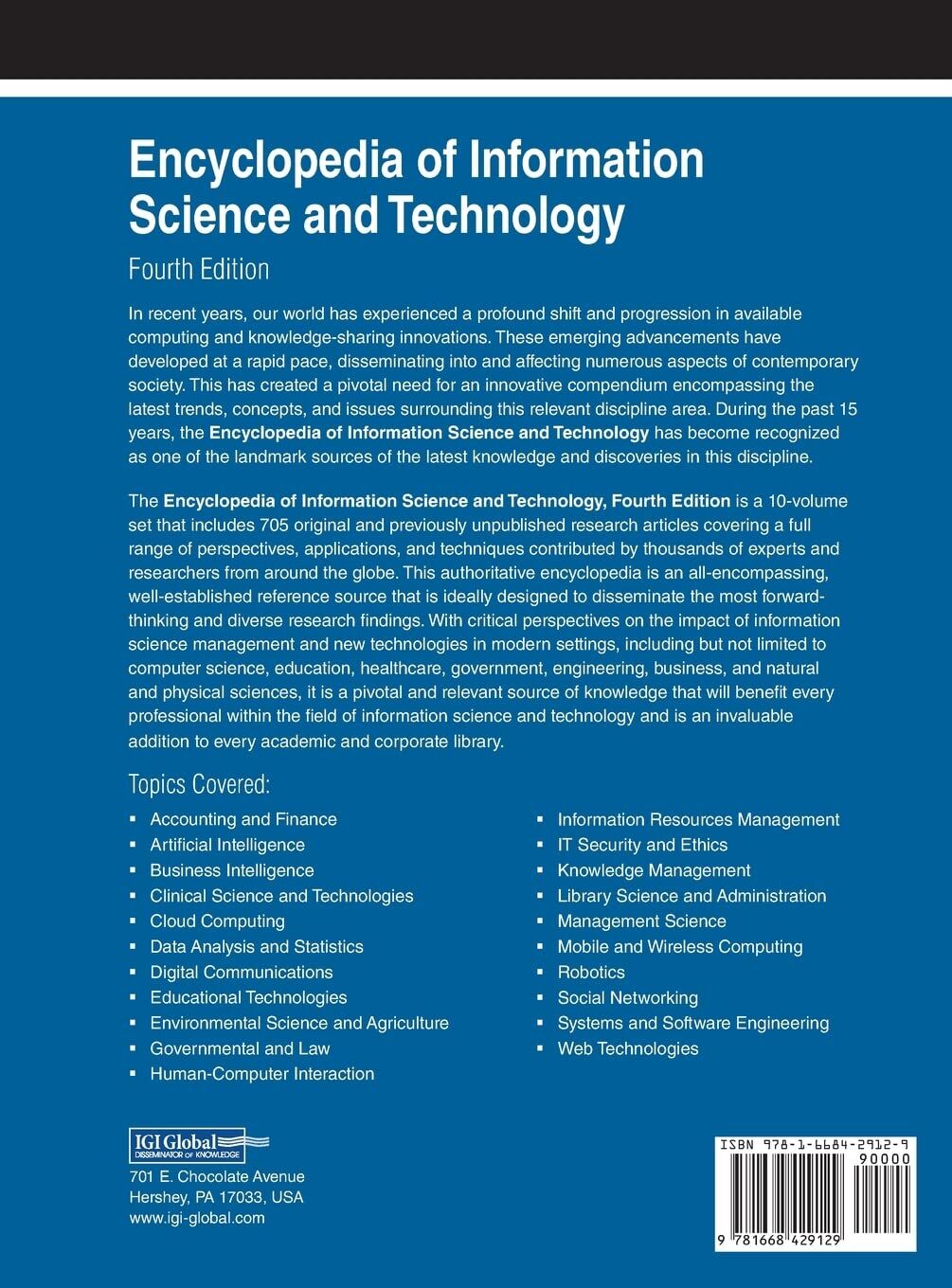

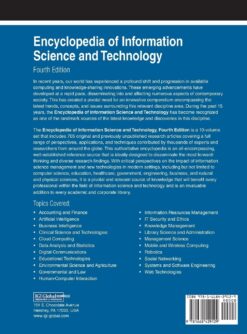





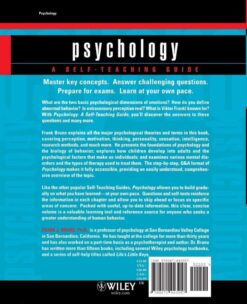








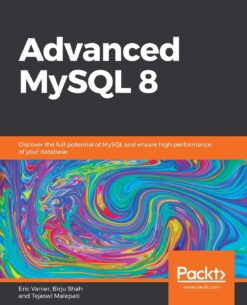
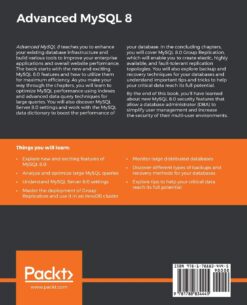

Reviews
There are no reviews yet.